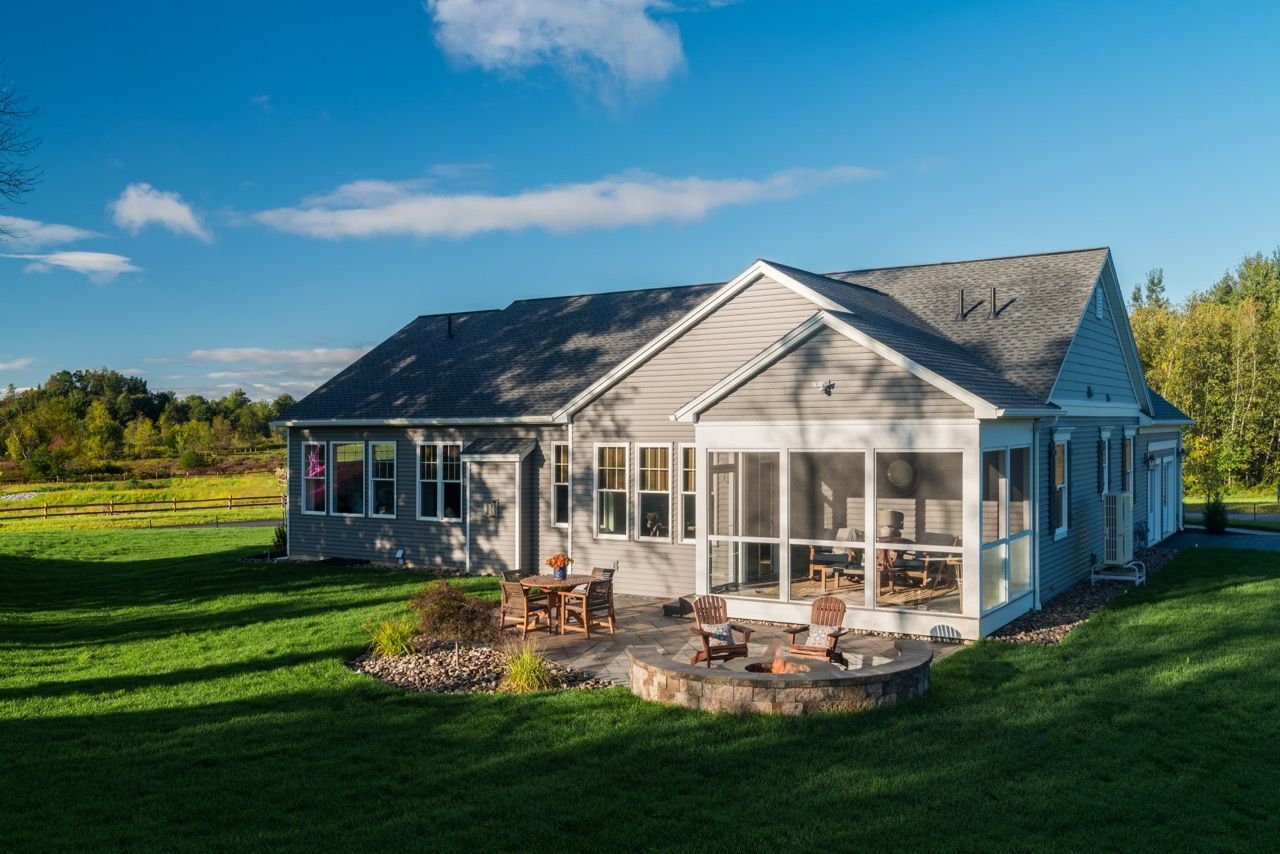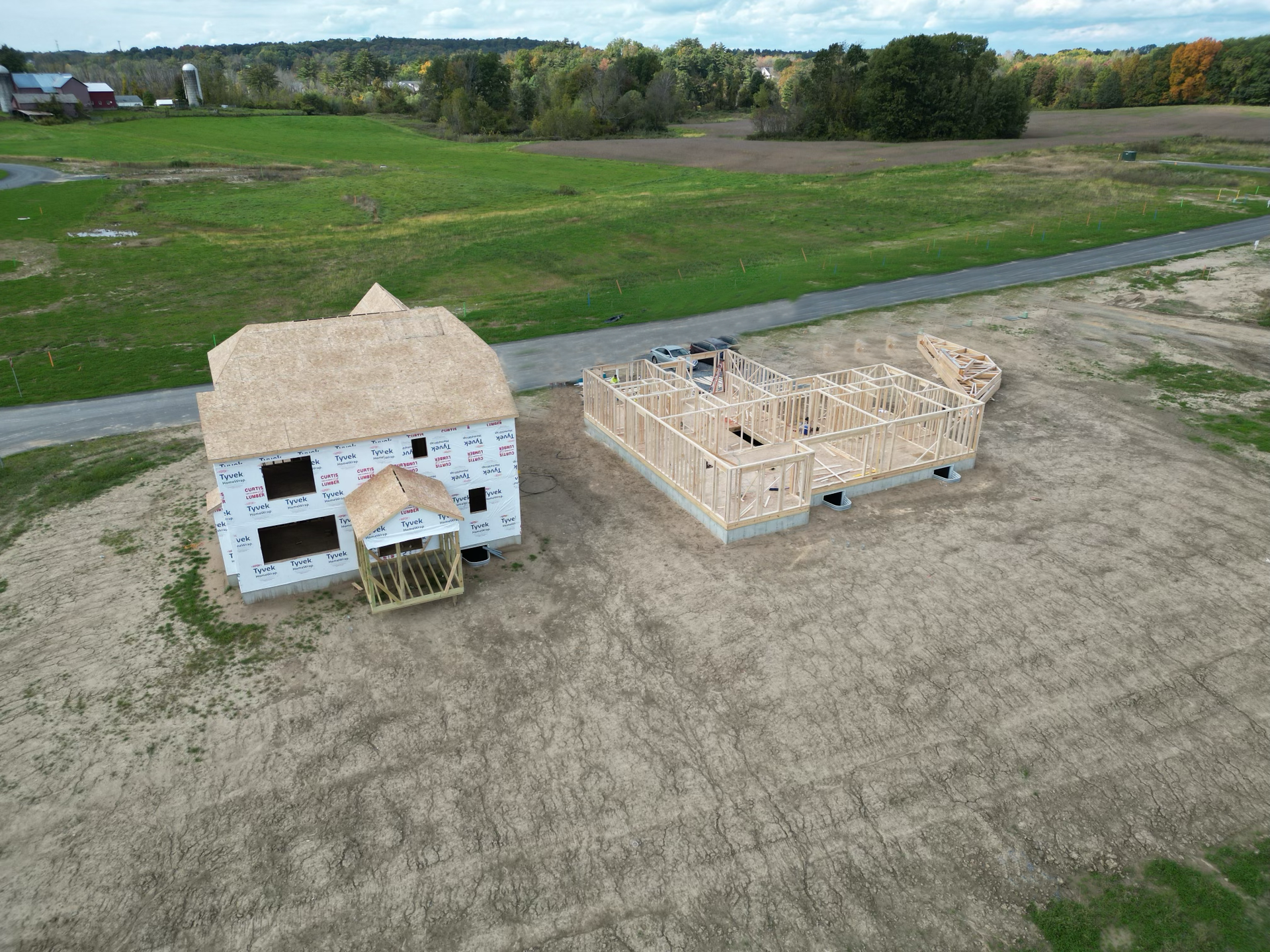How the Erie Canal played a key role in shaping the Capital District
“Well I’ve got a mule and her name is Sal…”
You would be hard pressed to find anyone who grew up in Upstate New York who doesn’t know the words to the “Erie Canal” children’s folk song. Although it doesn’t really say much about the actual waterway that connected the Atlantic Ocean to the Great Lakes, in truth, the Erie Canal played a vital role in American westward expansion and especially in the shaping of the Capital District, both culturally and civilly.
From the time of its discovery, America was rich with opportunity, but was faced with one tremendous obstacle; transportation. The lumber of Ohio and Indiana did nothing for the developing cities of the east if we had no way to get it there, and westward expansion was a daunting prospect when it meant months and months of treacherous travel on foot. The United States needed a way to move from west to east more quickly and efficiently.
The answer came in the prison writings of a former flour merchant. Jesse Hawley was bankrupt and sitting in debtors prison in 1807 when he published his first piece in the Genesee Messenger, outlining plans for a 400 mile waterway connecting Lake Erie in Buffalo New York to the Hudson River in Albany. Assemblyman Joshua Forman became a fast supporter of Hawley’s proposal and brought it to the legislature in New York and even on to Washington for a meeting with the president, though Thomas Jefferson thought the whole thing “a little short of madness”.
Success finally came when Senator Dewitt-Clinton came to support the proposal and pushed through the plan in the State Senate. On March 13, 1810, a Canal Commission was appointed and the most ambitious feat of engineering in American history to that point was officially underway.
Despite delays associated with the War of 1812, finally in 1817, the New York State Legislature approved plans to begin construction on the canal. Hordes of predominately Irish immigrants flocked to Upstate New York eager to begin work on what would be called “the greatest engineering marvel of the 19th Century”. It is estimated that at one point, more than 50,000 Americans were in some way employed by the construction of the canal.
In 1825, Dewitt Clinton, now governor of New York, opened the Erie Canal by sailing from Buffalo to New York City. Upon his arrival, he poured two buckets of water from Lake Erie into the Atlantic, ceremoniously calling the event “the Wedding of the Waters”. His legacy was complete; the west was open for the taking.
If you’re from the area, and of Irish descent, there’s a good chance your ancestors played a part in the creation of one of the most incredible man made structures in American history. The Erie Canal stands as yet another of the Capital District’s proud contributions to our great nation.
Share














